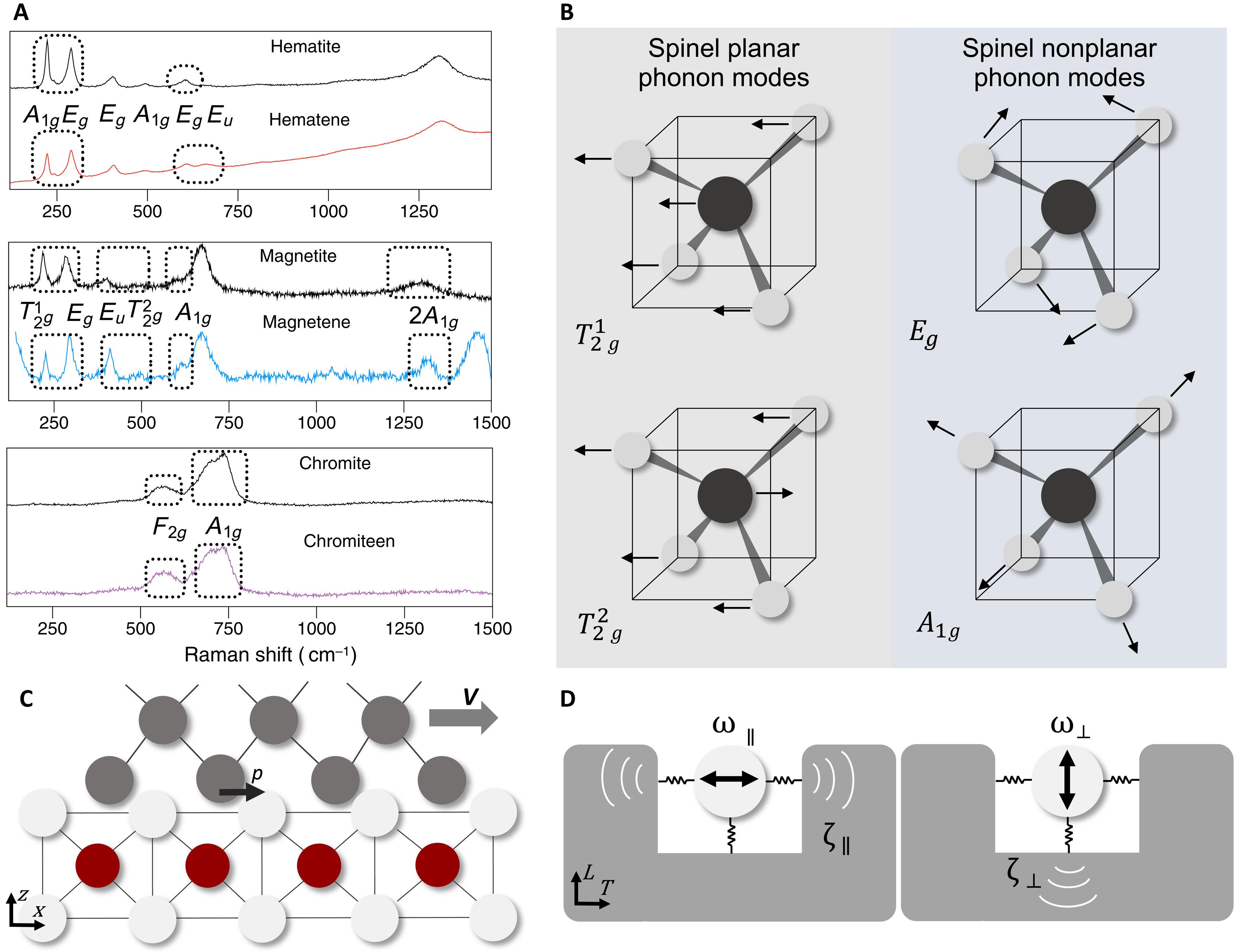非范德华二维材料磁烯的摩擦力
IF 12.5
1区 综合性期刊
Q1 MULTIDISCIPLINARY SCIENCES
引用次数: 17
摘要
众所周知,二维(2D)材料通过减少滑动接触所耗散的能量而具有低摩擦界面。虽然这通常归因于二维材料的范德华(vdW)键,但纳米级和量子约束效应也能改变二维材料的原子相互作用,从而产生独特的界面特性。在这里,我们展示了磁烯的低摩擦行为,这是一种通过剥离磁铁矿获得的非 vdW 二维材料,在统计上显示出与基准 vdW 二维材料相似的摩擦力。我们发现,这种低摩擦力是由于势能最小化表面波纹的二维约束效应、减少表面吸附物的低价态以及禁止的低阻尼声子模式,所有这些都有助于产生低摩擦力的二维材料。本文章由计算机程序翻译,如有差异,请以英文原文为准。

Friction of magnetene, a non–van der Waals 2D material
Two-dimensional (2D) materials are known to have low-friction interfaces by reducing the energy dissipated by sliding contacts. While this is often attributed to van der Waals (vdW) bonding of 2D materials, nanoscale and quantum confinement effects can also act to modify the atomic interactions of a 2D material, producing unique interfacial properties. Here, we demonstrate the low-friction behavior of magnetene, a non-vdW 2D material obtained via the exfoliation of magnetite, showing statistically similar friction to benchmark vdW 2D materials. We find that this low friction is due to 2D confinement effects of minimized potential energy surface corrugation, lowered valence states reducing surface adsorbates, and forbidden low-damping phonon modes, all of which contribute to producing a low-friction 2D material.
求助全文
通过发布文献求助,成功后即可免费获取论文全文。
去求助
来源期刊

Science Advances
综合性期刊-综合性期刊
CiteScore
21.40
自引率
1.50%
发文量
1937
审稿时长
29 weeks
期刊介绍:
Science Advances, an open-access journal by AAAS, publishes impactful research in diverse scientific areas. It aims for fair, fast, and expert peer review, providing freely accessible research to readers. Led by distinguished scientists, the journal supports AAAS's mission by extending Science magazine's capacity to identify and promote significant advances. Evolving digital publishing technologies play a crucial role in advancing AAAS's global mission for science communication and benefitting humankind.
 求助内容:
求助内容: 应助结果提醒方式:
应助结果提醒方式:


